Three palm oil fractionation processes which are in use:
Dry Fractionation: through batch crystallization of oil without using additives by controlled cooling and subsequent continuous filtration.
Solvent Fractionation: through continuous crystallization of the oil in a solvent followed by separation of the liquid and solid fractions through a continuous drum filter. Solvent fractionation, involves the use of hexane or acetone to let the high-melting components crystallize in a very low-viscous organic solvent. This can be helpful with respect to the selectivity of the reaction, but mainly offers advantages in the field of phase separation: much purer solid fractions can be obtained, even with a vacuum filtration. Being a more expensive process, it is less common than dry fractionation and only comes into the picture when a very high added value of (at least one of) the resulting fractions makes up for the high cost. (Related Article: Palm Oil Refinery Plant Cost >>)
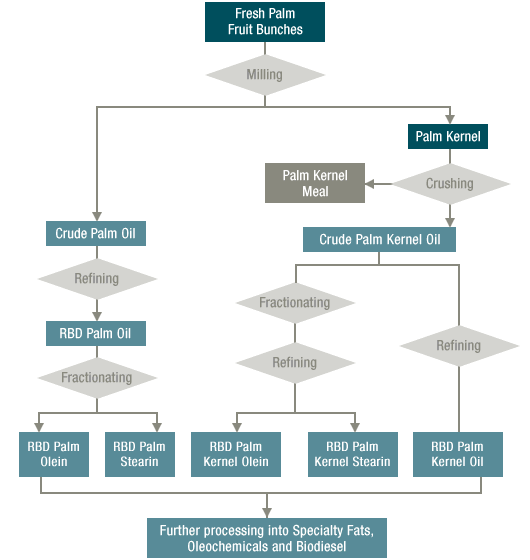
Detergent Fractionation: through batch or continuous crystallization of the oil by controlled cooling and separation of the fractions either by gravity or centrifugation after adding a surfactant.
In edible oil processing plant, a dry fractionation process consists of a controlled cooling of the oil, thereby inducing a partial, or‘fractional, crystallization. The remaining liquid (olein) is then separated from the solid fraction (stearin) by means of filtration or centrifugation.
The widespread use of the three oil modification processes – hydrogenation, interesterification and fractionation – extended the range of applications of the triglyceride oils. These processes principally serve the purpose of modifying the melting properties of oils and fats in order to improve their functional properties in specific applications, but the processes are also used to improve the stability of the oils and fats thus processed.
Natural oils and fats have different characteristics due to the fact that they are composed of a great number of different triglycerides. These contain fatty acids with carbon chins of different lengths and with different degrees of unsaturation.
Triglycerides with a high degree of unsaturation, indicated by a high iodine value, have a lower melting point than those containing more saturated fatty acids. If oil is cooled to a certain temperature, the high melting triglyceride (Stearin) will crystallize while the low melting ones will remain fluid. The stearin can then be separated from oil (Olein) by different methods and the fat/oil is thus divided into two fractions: Stearin with a high melting point and olein with a low cloud and melting points.
If you are interested in Palm Oil Processing Machine, including palm oil extraction, palm oil refinery and fractionation, palm kernel oil processing and all the technology about palm oil production, please send to info@palmoilmillplant.com for professional technical suggestion!

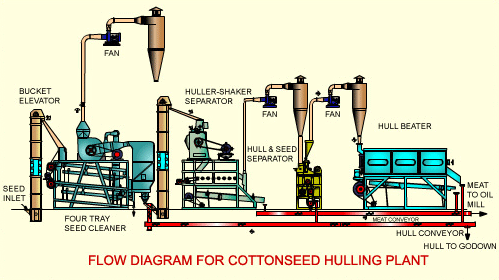
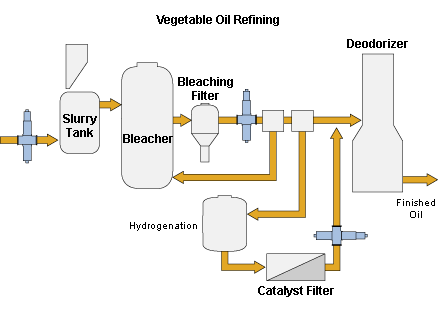
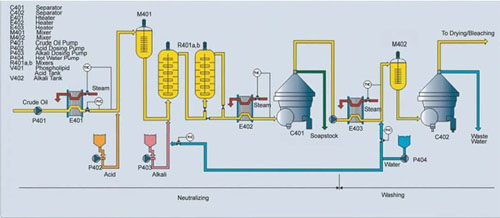
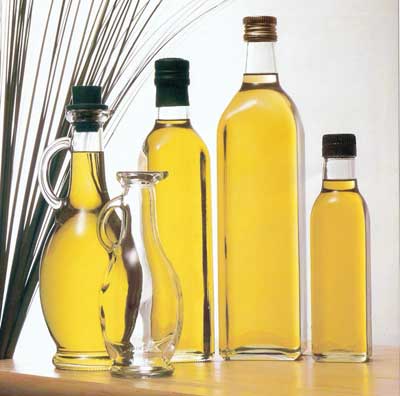 In general more profit will be made if the cooking oil is packed into retail size bottles. In many countries glass or plastic bottles are difficult to obtain and need to be purchased in large quantities so tying up capital. The possibility of using second-hand bottles should be examined as well as selling in drums to local stores. A survey need to be carried out to make sure that the packaging used meets the demands of customers. (eg size of pack, type of container)
In general more profit will be made if the cooking oil is packed into retail size bottles. In many countries glass or plastic bottles are difficult to obtain and need to be purchased in large quantities so tying up capital. The possibility of using second-hand bottles should be examined as well as selling in drums to local stores. A survey need to be carried out to make sure that the packaging used meets the demands of customers. (eg size of pack, type of container) Naturally red in color, palm oil is derived from the pulp of the fruit of the palm tree. The palm oil is an inexpensive oil that is commonly used in Southeast Asian and African cooking and is high in saturated fats. Because of its high level of stability and low production cost, demand in the United States has nearly tripled in the last 5 years. In response to its increasing production, many environmental activists have called for the stop of its production, claiming that it is highly polluting the immediate environment of its production site and endangers indigenous cultures.
Naturally red in color, palm oil is derived from the pulp of the fruit of the palm tree. The palm oil is an inexpensive oil that is commonly used in Southeast Asian and African cooking and is high in saturated fats. Because of its high level of stability and low production cost, demand in the United States has nearly tripled in the last 5 years. In response to its increasing production, many environmental activists have called for the stop of its production, claiming that it is highly polluting the immediate environment of its production site and endangers indigenous cultures.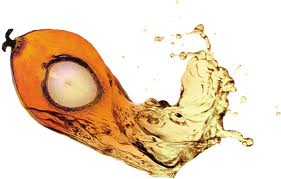
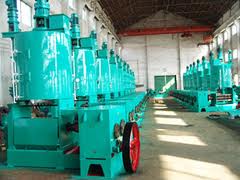 When purchasing
When purchasing 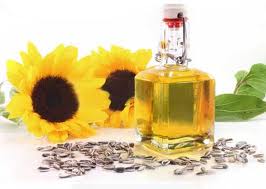
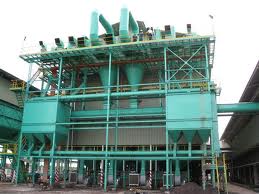 A palm oil mill has two major parts or departments, which perform their respective tasks. There is the part that presses oil out of the fruit, which is the oil press. The second department processes the oil; it takes the name, oil-processing machine, both the departments are under one department or machine that has a name of palm oil milling machine.
A palm oil mill has two major parts or departments, which perform their respective tasks. There is the part that presses oil out of the fruit, which is the oil press. The second department processes the oil; it takes the name, oil-processing machine, both the departments are under one department or machine that has a name of palm oil milling machine.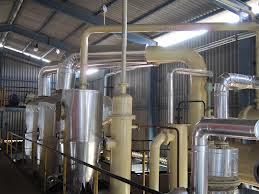 Since solvent extraction is an important step in the production of oil, there is a general method that has been adopted by oil milling plants to ensure that the oil is completely removed. However, this solvent extraction method may be customized depending on the needs of the milling plant and their desired output.
Since solvent extraction is an important step in the production of oil, there is a general method that has been adopted by oil milling plants to ensure that the oil is completely removed. However, this solvent extraction method may be customized depending on the needs of the milling plant and their desired output.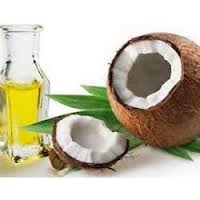 Coconut oil is one of the edible oils that is used in cooking and making of cosmetic products among others. The oil found in coconut is extracted using a number of methods depending on the amount of oil that is being sought and even the amount of coconuts available. To extract coconut oil, there is use of the traditional methods and also modern methods which use machinery for the extraction. Furthermore, the coconut oil that is extracted can be further refined as per an individual’s preference especially if a solvent was used. Some of the common methods of coconut oil extraction that are used in homes include:
Coconut oil is one of the edible oils that is used in cooking and making of cosmetic products among others. The oil found in coconut is extracted using a number of methods depending on the amount of oil that is being sought and even the amount of coconuts available. To extract coconut oil, there is use of the traditional methods and also modern methods which use machinery for the extraction. Furthermore, the coconut oil that is extracted can be further refined as per an individual’s preference especially if a solvent was used. Some of the common methods of coconut oil extraction that are used in homes include: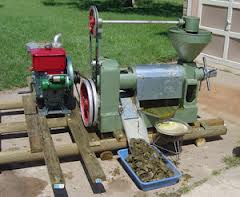 Machines have a way of making life easier and this is also evident in the expeller machine that is used in coconut oil extraction. The coconut flesh is placed in a cylindrical barrel where it is pulverized by a rod that is rotating on the inside. The coconut which is heated is quickly broken down making it ready for oil to be extracted. To be able to separate the flesh from the oil, hexane is used. Nevertheless, the oil should be refined to remove any traces of the chemical solvent.
Machines have a way of making life easier and this is also evident in the expeller machine that is used in coconut oil extraction. The coconut flesh is placed in a cylindrical barrel where it is pulverized by a rod that is rotating on the inside. The coconut which is heated is quickly broken down making it ready for oil to be extracted. To be able to separate the flesh from the oil, hexane is used. Nevertheless, the oil should be refined to remove any traces of the chemical solvent.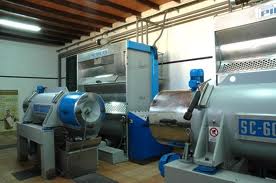 Production Process
Production Process